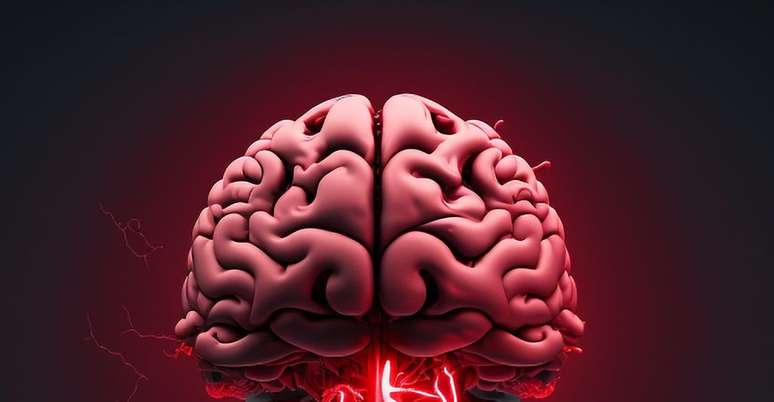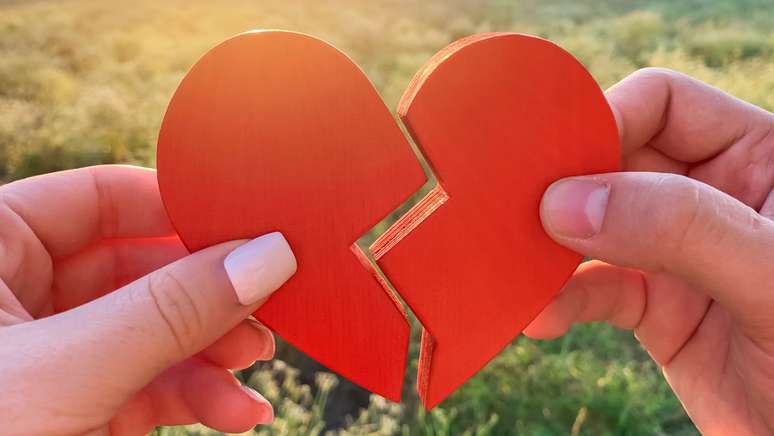A small study suggests that low-intensity electrical currents applied under the scalp can help people get over the end of a relationship
In Iran, researchers at Zanjan University develop what promises to be a cure “broken hearts”: a new technique for electrical stimulation of the brain, using a specific headset for this type of “therapy”. For now everything is in the experimental phase, but the results are promising.
- AI dating is the latest trend among young Chinese women
- Did it end? Understand whether blocking your ex on social media is the best option
Through therapy sessions known as transcranial direct current stimulation (tDCS), a small group of volunteers reported improvements in their mental health. This brings relief from sadness, distress, obsessive thoughts and anxiety.
Although the use of low-intensity electrical currents to treat tears has never been seen, the use of electricity is far from new. tDCS is used to increase brain activity, which decreases patients with depression. However, the evidence for effectiveness is not as well established.
Does electrical brain stimulation work?
Published in the newspaper of Psychiatric researchthe new study recruited 36 volunteers who were dealing with love trauma syndrome — yes, there’s a technical name for those who suffer after the end of a relationship or a wedding.
Participants were divided into three groups, including two groups using headphones with transcranial direct current stimulation for 20 minutes, twice a day, for five days. For control purposes, the third group did not receive low-intensity currents, with the headphones turned off.
The difference between the treated participants lies in the target of the electrical currents. The first group received the stimulus from the scalp towards the dorsolateral prefrontal cortex (DLPFC). The second group had the stimulus directed to the ventrolateral prefrontal cortex (VLPFC). Both are involved in emotional regulation.
Broken heart treatment results
According to the authors, all participants with heartbroken of those interviewed who received headphone therapy achieved an improvement in their emotional state, despite the end of the relationship. The benefits were maintained 30 days after surgery.

However, analyzing the results, when electrical currents are directed towards the DLPFC region, the feedback appears to be even more positive than in the VLPFC.
“Considering the relationship between romantic trauma and emotional regulation, which is associated with the activation of specific brain areas and networks, treatment methods that target the affected brain areas could be promising,” the scientists say in the article.
Is the new treatment effective?
However, further studies are still needed to validate the treatment method for heartbreak. The protocol should be tested on a larger group of patients, as current research has assessed the impact on fewer than 40 people. If the results continue to be positive, this will be a good sign of the effectiveness of electrical brain stimulation.
Until this happens, people who suffer excessively due to love can seek advice from a psychologist during therapy sessions. They should also seek comfort among friends and family.
Source: Journal of Psychiatric Research
Trends on Canaltech:
- The Sun will undergo a magnetic reversal. What will happen to Earth?
- US House passes ban on DJI drones
- The lost origin of the Saiyans is the reason why Goku is so powerful in Dragon Ball
- NASA wants to place an “artificial star” in Earth’s orbit
- Why did the game Banana become a phenomenon on Steam?
- Redragon Icon Review | Headphones with loud but uncomfortable sound
Source: Terra
Rose James is a Gossipify movie and series reviewer known for her in-depth analysis and unique perspective on the latest releases. With a background in film studies, she provides engaging and informative reviews, and keeps readers up to date with industry trends and emerging talents.






-qxtvxp3fmib9.png)
